HorizonLiving adware belongs to the AdLoad family. This particular adware targets only Mac computers and affects all Mac-related browsers – Google Chrome, Safari, Mozilla Firefox and so forth. HorizonLiving adware is very similar to PointAnalytics and other malicious apps from the same AdLoad family.
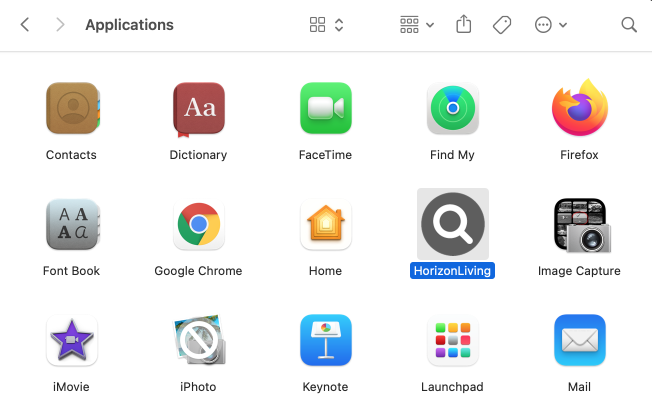
HorizonLiving adware removal menu.
Instructions to remove HorizonLiving from Mac computers.
Tips to delete the HorizonLiving adware manually.
How does your browser work when HorizonLiving is enabled in it?
HorizonLiving adware displays ads not related to the sites that you visit. However, there have to be certain requirements that make HorizonLiving display its ads. For instance, there has to be the specific geographical location that makes HorizonLiving show its real nature on the specific computer. However, even if you don’t see any ads by this particular adware, its presence on the system is still a bad sign for the entire system.
Ads delivered by the HorizonLiving adware are not really genuine. The danger of this adware-type app is in its interconnection with many junk pages on the web. For instance, it may eventually point your browser to the following resources:
- landing pages of suspicious browser extensions;
- websites that promotes installation of rogue security programs, adware, browser hijackers, etc;
- pages that encourage you to share your personal details by means of fake surveys;
- resources that try to force you into subscribing to uncontrolled web push notifications.
HorizonLiving is also directly involved in collecting your personal details. For example, it may gather the information from your previous browsing experience, such as your browsing history, submitted search queries, visited pages, IP addresses, geographical locations and other private data. Even your credit card details may be under the inspection of third parties.
Finally, HorizonLiving may ocasionally cause unwanted redirections of your browser to random websites. This will essentially distract you from things that are really important. Furthermore, your Mac will function in an extremely slow manner while the HorizonLiving adware remains active. We strongly advise that you remove it as soon as possible by carefully following these removal instructions below.
HorizonLiving removal instructions.
Instructions to clean Mac computers.
- Download Combo Cleaner for your Mac by clicking on the “Download Now” button below.
- You will be redirected to the App Store:
- Install the application and start it.
- Wait until Combo Cleaner downloads new updates (mandatory step):
- Once updates are downloaded and installed, click on “Start Combo Scan” button:
- To enable full functionality of Combo Cleaner and in order to delete detected malware, click on “Upgrade to Premium and Remove” button:
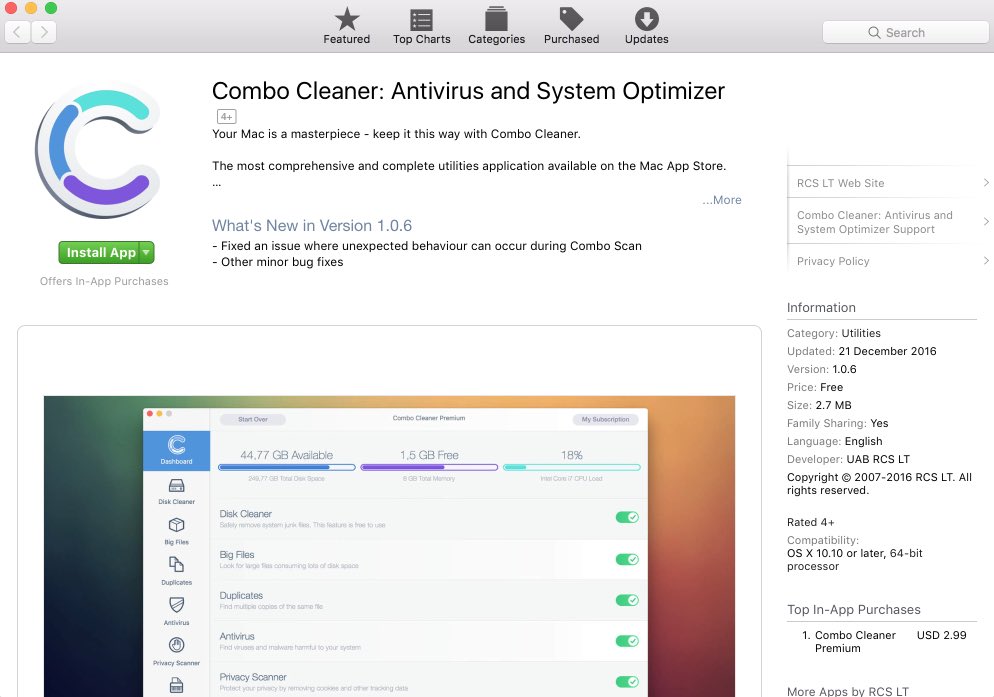
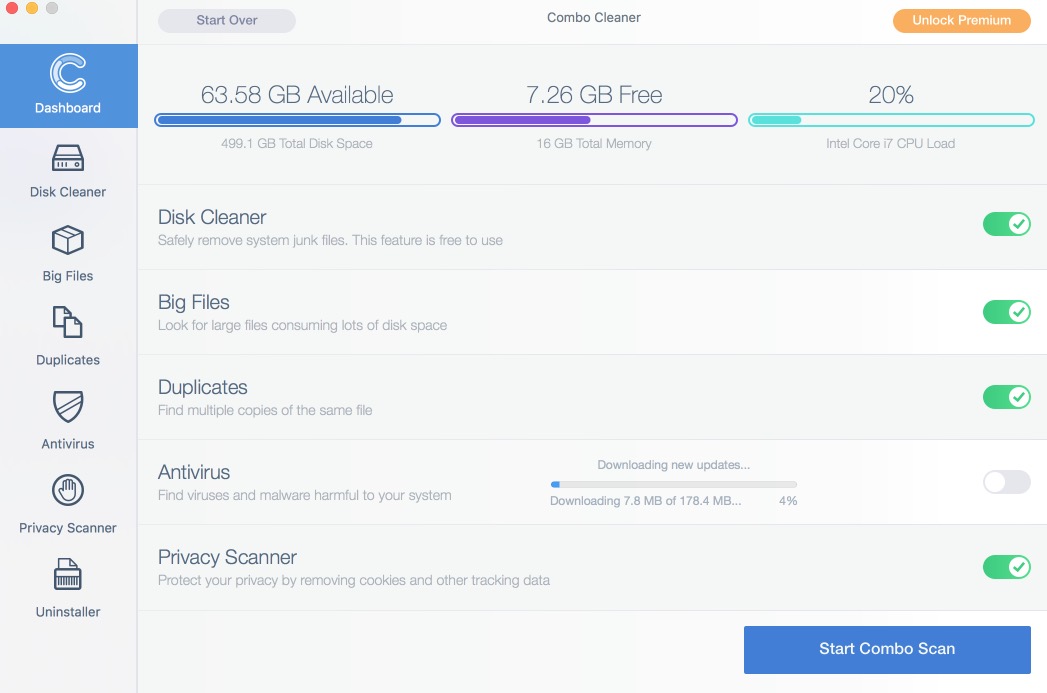
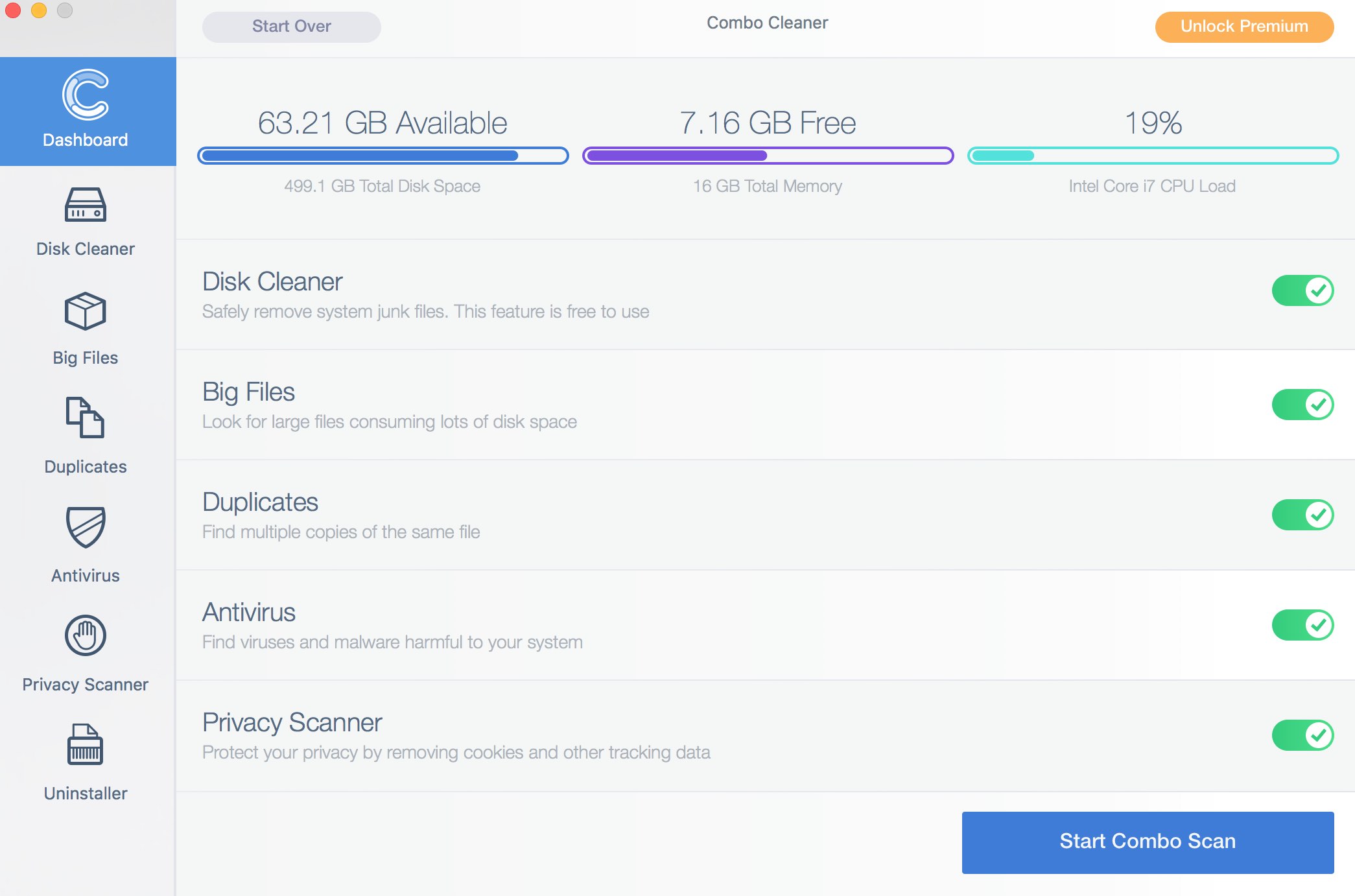
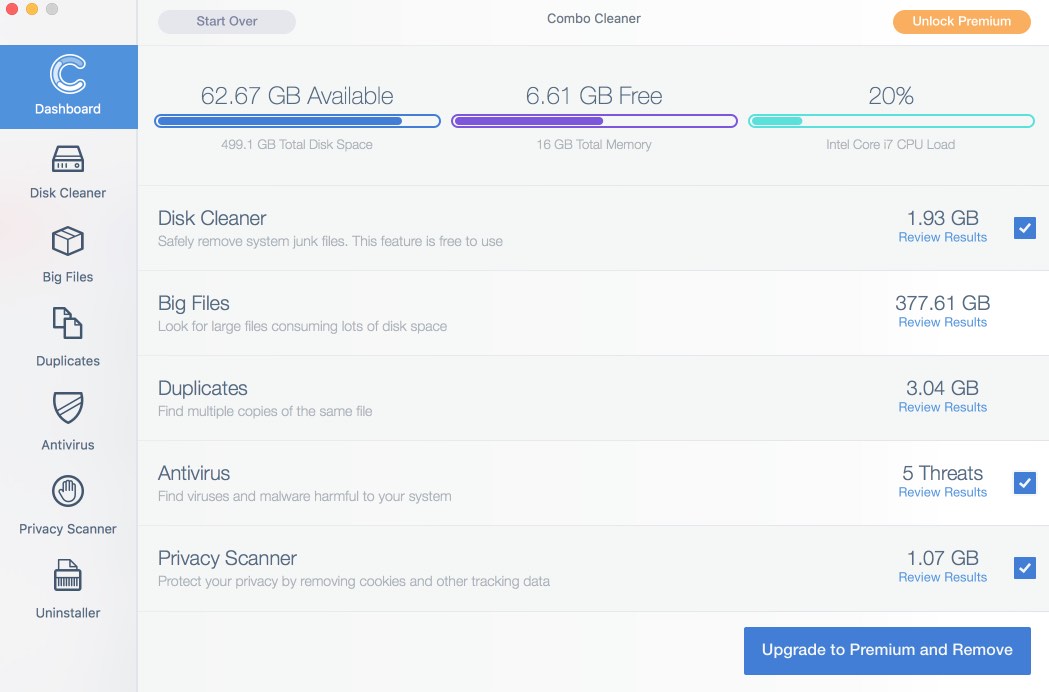
It is also possible that you get rid of the HorizonLiving manually. Consider implementing these steps below:
- In Safari, go to “Preferences”;
- Go to the “Extensions” tab;
- Find HorizonLiving in the list and click on “Uninstall” to remove the extension;
- This will open its location on your Mac;
- Find the appropriate app file related to HorizonLiving and move it to the Trash;
- Reboot your Mac.
Additional manual tips to fix your browser.
- In Google Chrome, click on the menu button in the upper-right part of the screen which either looks like three vertical dots. Scroll down to the bottom of the drop-down menu and click on "Settings" (as shown in one of the images above).
- Select "Extensions" in the left part of the window. Uncheck suspicious extension, then click on the Trash icon next to it.
- WARNING. Final optional steps. Use these steps only if the above-mentioned methods to remove malware from Google Chrome did not help. When in Google Chrome settings mode, scroll down to the bottom of the page and click on "Show advanced settings".
- Scroll down to the bottom of the page and click on "Reset settings" button.
- In the pop-up window, click on "Reset".
- In Mozilla Firefox, click on the icon that looks in the form of three horizontal lines in the upper-right section of the browser window. Click on "Add-ons".
- Click on the "Extensions" tab in the left part of the windows. Check suspicious extensions. If you identify them, click on "Disable", then on "Remove".
- NOTE. Final optional steps. Use these steps only if the above-mentioned methods to remove infection from Mozilla Firefox did not help. Click on the icon that looks in the form of three horizontal lines in the upper-right section of Mozilla Firefox and select the question-mark icon at the bottom of the drop-down menu.
- Click on "Troubleshooting information" in the slide-out menu.
- Select the "Refresh Firefox" button at the top right of the new web page.
- Finally, click on "Refresh Firefox" again to confirm the action.
- Click on Internet Explorer settings icon in the upper-right part of the browser in the form of a gear-wheel. Select "Manage add-ons".
- Find suspicious toolbar or extension. Click on it (make it highlighted). Then click on "Disable" button related to this particular toolbar or extension.
- NOTE. Final optional steps. Use these steps only if the above-mentioned methods to remove malware from Internet Explorer did not help. Click on Internet Explorer settings icon in the upper-right part of the browser in the form of a gear-wheel. Select "Internet Options".
- Select "Advanced" tab, then click on "Reset".
- Select appropriate reset options, then click on "Reset".
- Click on "Opera" menu in the upper-right part of the browser. Choose "Extensions", then click on "Manage extensions".
- If you detect anything suspicious, disable and delete it.
- Step 1. Click on "Safari" menu, then go to "Preferences".
- Step 2. In the "Extensions" tab, locate suspicious extensions and click on "Uninstall".
- Step 3. In Safari menu, select "Clear history" and click on "Clear History again".
- Step 4. Get back to Safari menu, then click on "Preferences".
- Step 5. Click on "Privacy" tab, then choose "Manage Website Data...".
- Step 6. Click on "Remove All", then on "Done".



